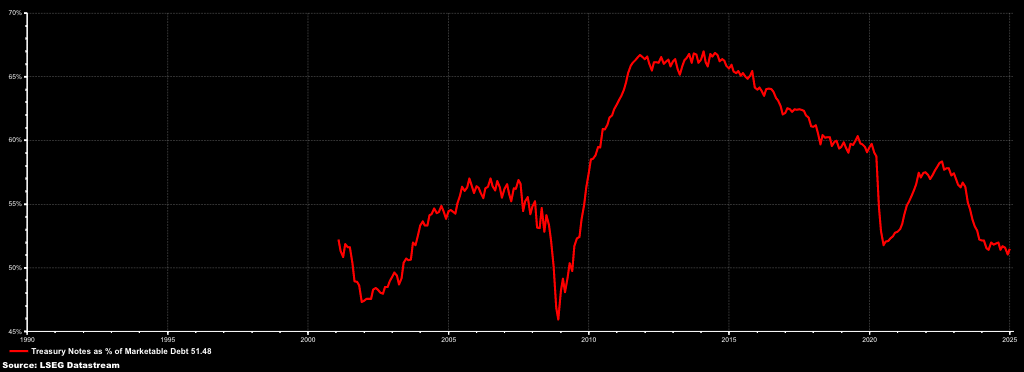Yesterday, the S&P 500 moved lower by about 75 basis points, an improvement from the sharp drop at the open. The market was initially digesting news of tariffs on Mexico, Canada, and China.
However, by the end of the day, it appeared that tariffs on Mexico and Canada had been put on hold for at least 30 days, which the market welcomed.
As a result, the S&P 500 rebounded from a low of about 5,925 to close at 5,995—a strong recovery from the initial selloff. The equal-weight RSP ETF also declined about 55 basis points.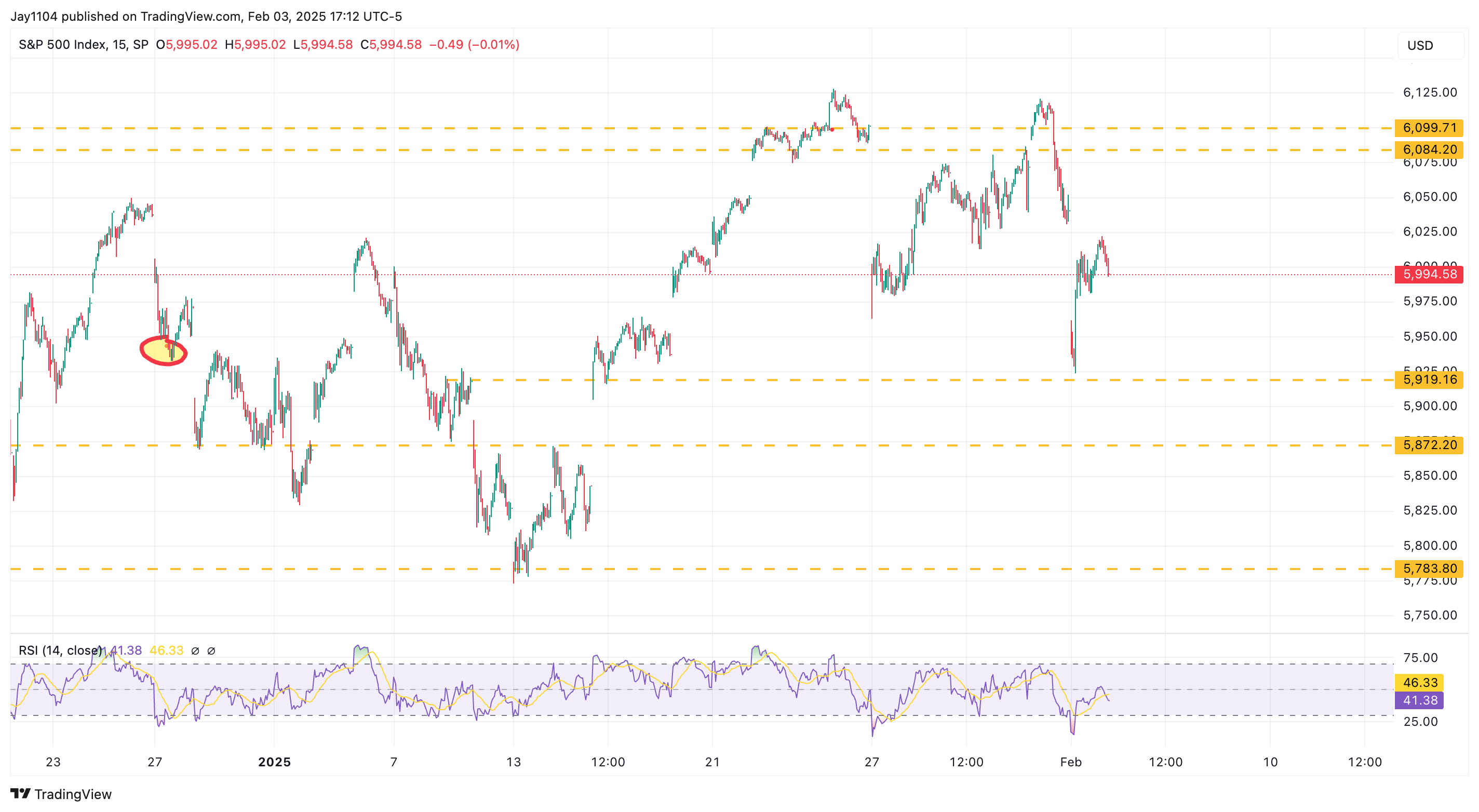
The broader market sentiment regarding tariffs seems to view them as an inflationary event. This was evident in the bond market, where 2-year yields moved higher while ten-year yields remained flat, leading to a flatter yield curve. The 10s-2s spread declined by three bps to 30 bps, while the 30s-3ms spread remained unchanged.
Technically, not much has changed, but the market still appears to be in a consolidation phase, with the potential for the yield curve to steepen.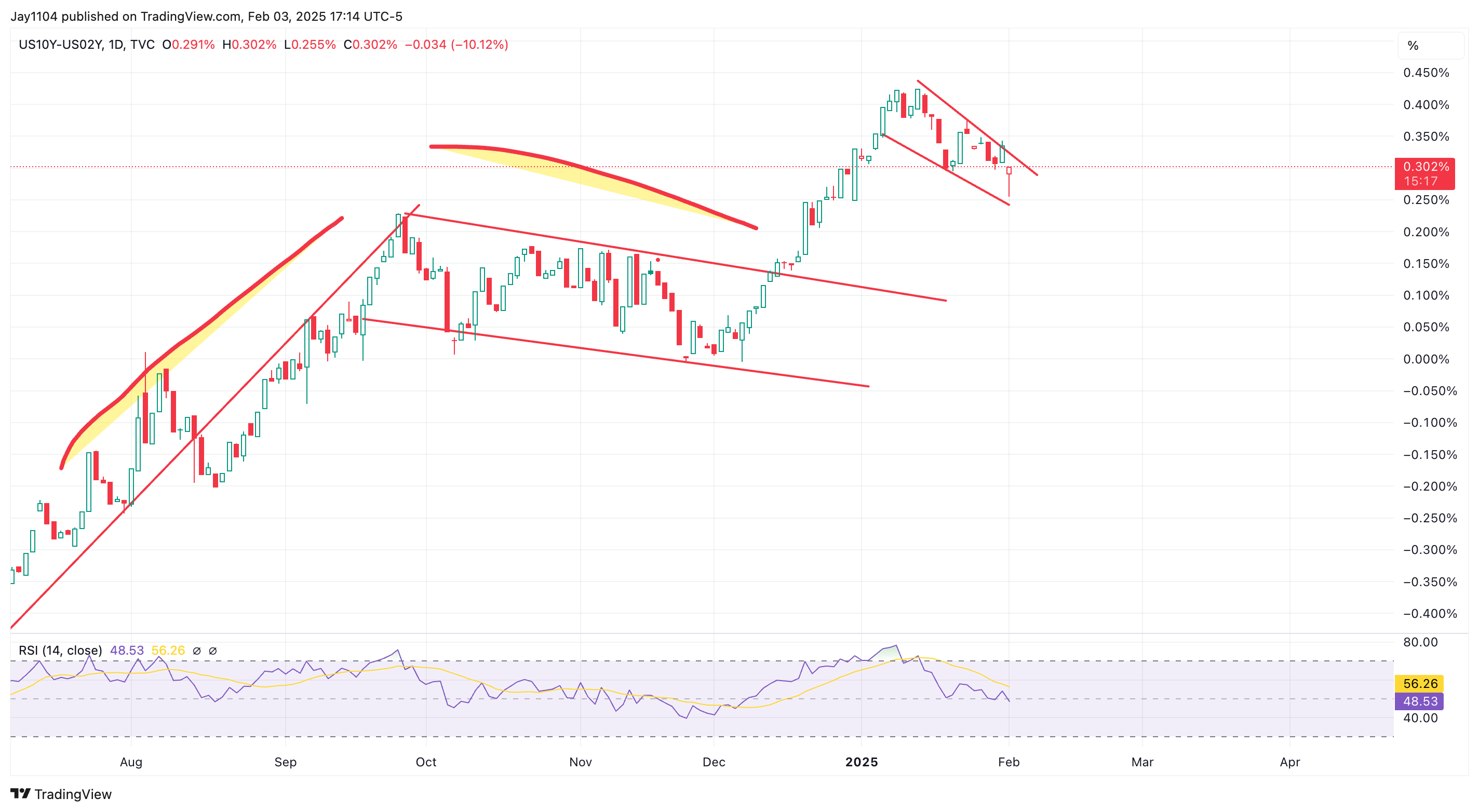
It is difficult to say what might trigger that steepening. The jobs report at the end of the week would typically be a significant catalyst, but other factors—such as tariffs—add complexity and uncertainty to the outlook. Nonetheless, yesterday’s market reaction gives us insight into how investors perceive tariffs and their potential inflationary impact.
FX Market Remains Volatile
In the FX market, we saw significant volatility. The euro dropped sharply, testing the 1.02 support level before rebounding to around 1.035. The Canadian dollar also experienced significant swings, climbing above 1.47 before settling around 1.44. The Mexican peso saw similar volatility, reaching as high as 21.20 before returning to 20.30. For those who don’t follow FX closely, these are huge moves in currency markets.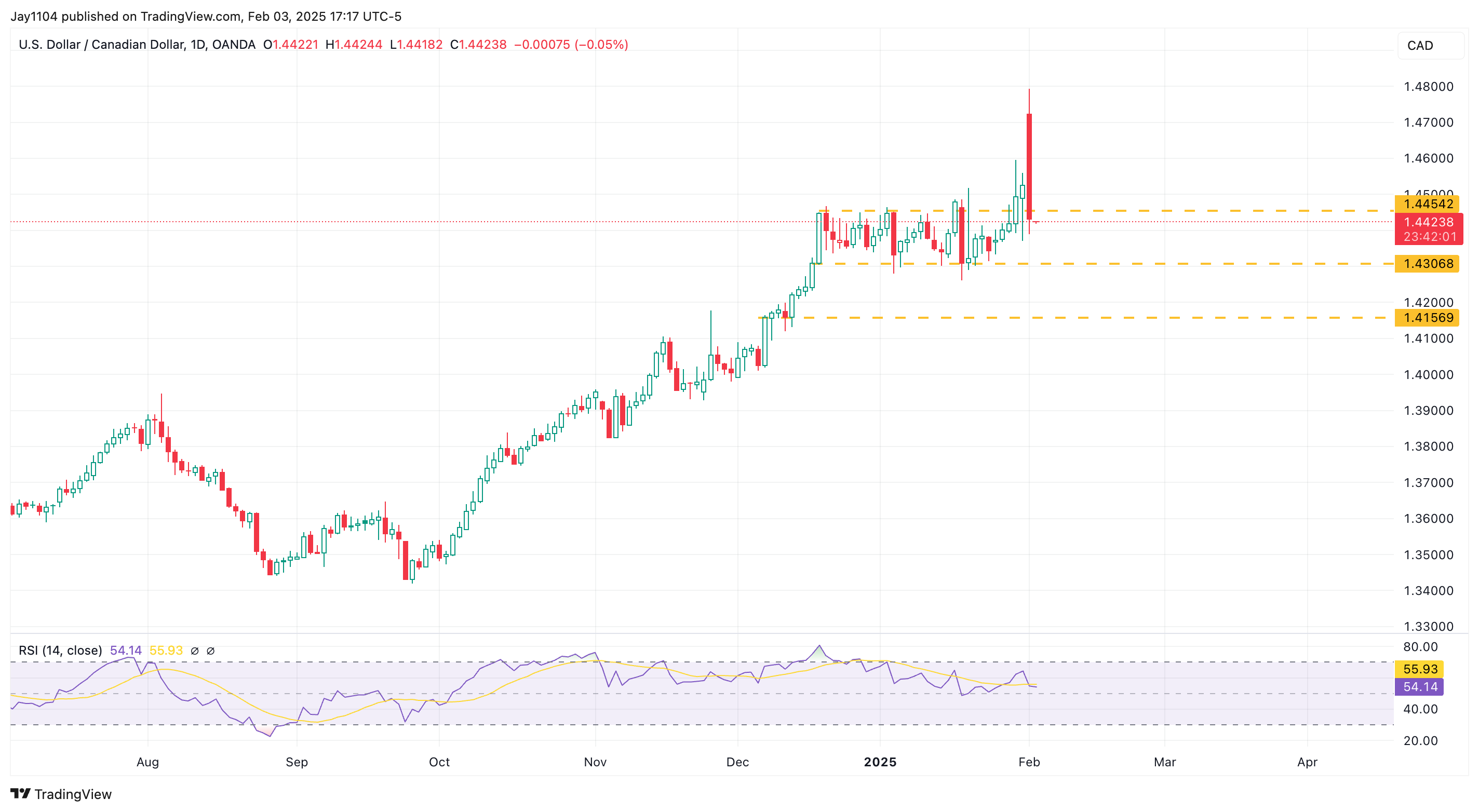
The day’s other big news came at 3 PM with the Treasury’s quarterly refunding announcement. The Treasury announced plans to borrow $815 billion in privately held net marketable debt for the March quarter, assuming a cash balance of $850 billion. This figure was about $9 billion lower than the previous estimate from October. The Treasury expects to borrow just $123 billion for the June quarter, again assuming an $850 billion TGA balance.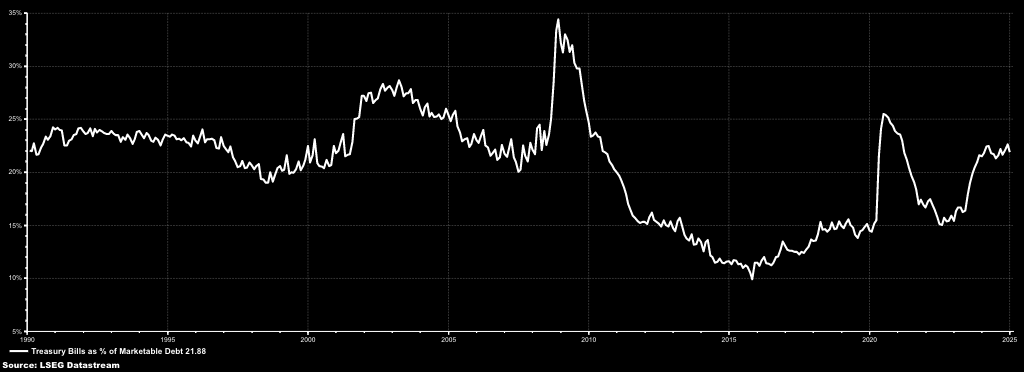
However, whether these cash balance targets are met will depend on negotiations over the debt ceiling. The longer those negotiations drag on, the more likely the TGA will be depleted. The following key update comes Wednesday morning when the Treasury will provide details on issuance—whether it will concentrate more on short-term bills or extend issuance toward longer-duration debt. This is important because Scott Bessent was previously critical of excessive bill issuance. A shift toward longer-duration debt could put upward pressure on long-term interest rates, reinforcing the technical patterns that suggest further yield curve steepening.